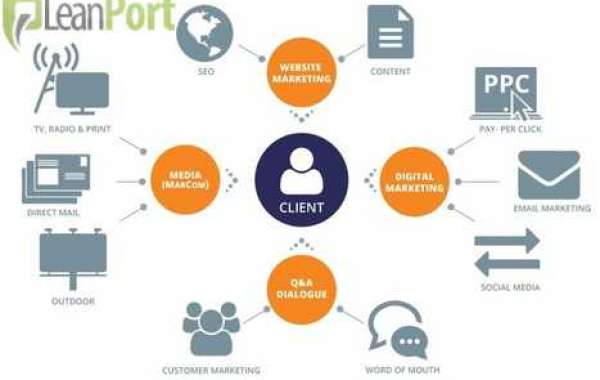The complexity and hazardous nature of subsea environments necessitate rigorous training for personnel involved in these operations. Simulation technologies have emerged as invaluable tools for training personnel, offering realistic and immersive environments to simulate various subsea scenarios.
The Importance of Subsea Operations and Maintenance Training
Subsea operations encompass a wide range of activities, including installation, inspection, repair, and maintenance of subsea infrastructure such as pipelines, wellheads, and control systems. Training personnel to perform these tasks safely and efficiently is crucial for ensuring operational integrity, preventing accidents, and minimizing environmental risks. Moreover, as offshore operations move into deeper and more challenging waters, the demand for skilled subsea professionals continues to rise, underscoring the importance of effective training programs.
Challenges in Simulating Underwater Environments
Simulating underwater environments poses unique challenges due to the complex interplay of factors such as water pressure, buoyancy, visibility, and hydrodynamic forces. Creating realistic underwater scenarios requires sophisticated simulation technologies capable of accurately replicating these environmental variables. Additionally, ensuring the safety of trainees during simulated subsea operations is paramount, necessitating robust risk mitigation measures and emergency response protocols.
Benefits of Virtual Training Environments
Virtual training environments offer several advantages over traditional training methods, particularly in the context of subsea operations and maintenance:
- Realism and Immersion: Simulation technologies provide trainees with immersive experiences that closely resemble real-world subsea environments, allowing them to practice tasks in a realistic setting without exposing them to actual risks.
- Reproducibility and Scalability: Virtual training environments can be easily reproduced and scaled to accommodate different training scenarios, enabling trainees to practice a wide range of subsea operations and maintenance tasks in a controlled and repeatable manner.
- Cost-effectiveness: Compared to traditional training methods that may involve costly equipment and logistical challenges, virtual training environments offer a cost-effective solution by eliminating the need for physical assets and reducing training-related expenses.
- Risk Reduction: By simulating hazardous scenarios in a controlled environment, virtual training helps mitigate risks associated with subsea operations, allowing trainees to develop critical skills and emergency response capabilities without compromising safety.
- Performance Monitoring and Assessment: Simulation technologies enable instructors to track trainee performance in real-time, providing valuable feedback and performance metrics to identify areas for improvement and optimize training outcomes.
Conclusion
Simulation technologies have revolutionized subsea operations and maintenance training, offering realistic and immersive environments to prepare personnel for the challenges of working in underwater settings. Despite the inherent challenges in simulating underwater environments, advances in simulation technology continue to enhance the effectiveness and realism of virtual training environments. By leveraging these innovative tools, organizations can ensure that their personnel are well-equipped to navigate the depths safely and proficiently, safeguarding operational integrity and environmental stewardship in subsea operations.








